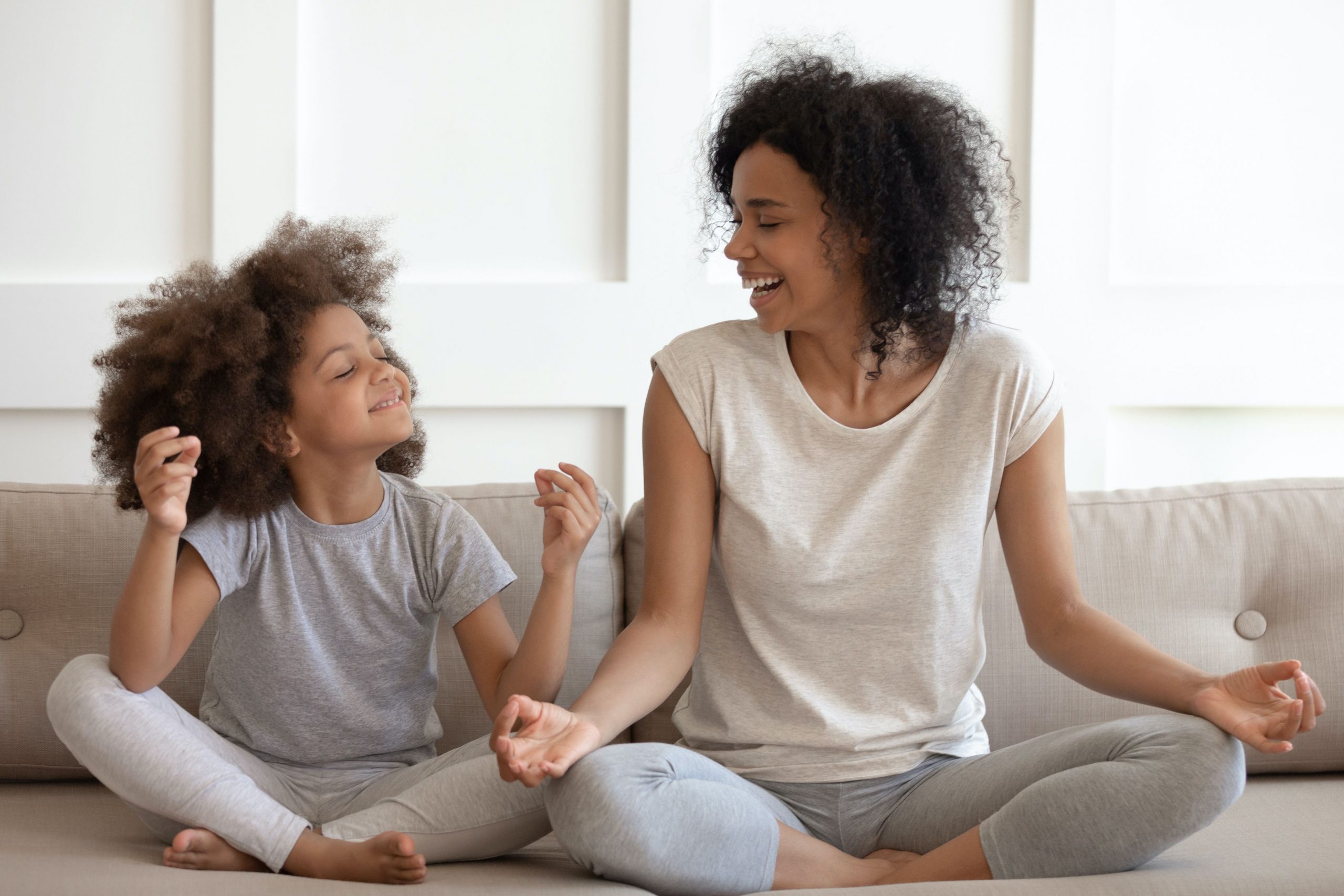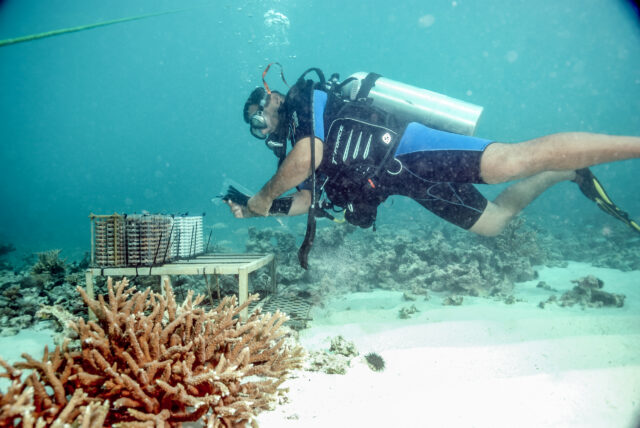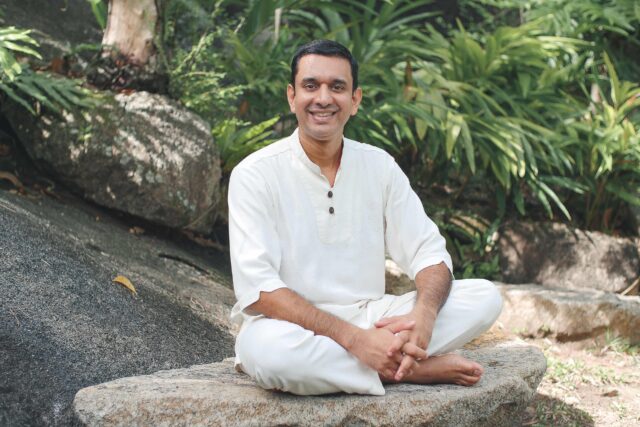The world we live in today is not conducive to mental health or wellbeing. We are constantly bombarded with images and information through our numerous devices and the divide between work and life seems to be a thing of the past.
Just when we thought we could not take any more stress or cope with any more demands, we found ourselves in a global pandemic. We were expected to change how we worked, how we looked after our children, how we educated them, how we took care of our physical health and how we socialized – all our waking hours, in fact. And do it overnight. The world felt unstable and uncertain and a state of calm felt unattainable.
What if I told you, however, that as little as five minutes a day could reduce symptoms associated with depression, anxiety, pain and insomnia? That you could enhance your concentration, make long-lasting memories, protect against cognitive decline, increase your sense of perspective, increase the part of your brain related to self-awareness and compassion and shrink the part associated with worrying and mind wandering? That you could be less reactive, less obsessed with yourself and your past, more present in the moment, with more freedom of choice?
Wouldn’t you think it worth devoting five minutes a day for all that? That’s what mindfulness meditation has the power to do – all that and more, if practised every day.
Today, it’s important for us to reflect on the year behind us while focusing on the year ahead. What key skills did we feel we lacked and that we need to learn for 2021 to be successful?
The mind is a major player in determining the state of our mental and physical health as well as the quality of our lives, so it’s essential to start there. And before you start making a ‘to-do’ list of cognitive behavioral techniques or positive thinking, the most fundamental skill for good mental health is the ability to still the mind and be in the present moment. This is where ‘mind training,’ or ‘mindfulness meditation,’ comes in.
What is mindfulness meditation?
Many people confuse mindfulness meditation with sitting on a cushion, being totally relaxed and having no thoughts. Others believe it to be a religious practice linked to Eastern religions. The fact is that mindfulness meditation is none of the above.
Think of mindfulness meditation as a brain gym. It is literally training your brain to be in the present moment by focusing on your anchor point, which for most people is their breath. When the thoughts show up, as they do even for the most skilled meditator, it is then having the skill to redirect yourself to your breath, gently and kindly.
Another thing to note is that mindful living is different from mindfulness meditation. Mindful living is actually engaging in one activity at a time and bringing all your attention to that activity with your mind and your five senses. This could be mindfully walking, eating or speaking. Mindfulness meditation is the formal practice of focusing your attention on one body part or on your breath. This practice of bringing your attention to one thing at a time is what strengthens the associated parts of the brain, resulting in many benefits for the mind and body.
Why practice mindfulness meditation?
• It helps to develop the observer self
By focusing on one thing, your breath, and learning to redirect your thoughts as they show up, you will become acutely aware of the fact that you and your thoughts are not one and the same. This ‘observer self,’ as it gets stronger through daily practice, will be the part of you that helps you figure out which day-to-day thoughts you want to let go of and which ones you will encourage.
• It helps you live a life consistent with your values
By practising mindfulness meditation, you strengthen the executive centres of your brain and learn how to still the mind. In doing so, it becomes easier not to be driven by your internal chatter or external circumstances. It is the difference between being in a place of personal power where you choose your response versus being a victim of your internal and external circumstances.
• Mindfulness meditation de-risks against every dis-ease
One thing is clear from cutting-edge research: there is no difference between mind and body. The establishment of the field of psychoneuroimmunoendocrinology in medicine asserts precisely this idea: a stressed mind is a stressed body and vice versa. And because we live in a world which enables and encourages us to be constantly ‘on,’ our minds and bodies are on overdrive. Biologically, that means our bodies are never recovering or resting, increasing the inflammation on our mind and bodies. Mentally, it means we are always living on the edge of a burnout episode. This constant state of inflammation causes havoc in our bodies resulting in dis-ease. From autoimmune diseases to heart ailments to gastrointestinal issues and cancers, inflammation is at the core of every one of them. it. By practising mindfulness meditation and actively turning off the ‘fight or flight’ and turning on the ‘rest and digest’ system, you are de-risking yourself from every major mental and physical disease.
How to begin your mindfulness meditation journey
Mindful practices can take on many forms, but generally, mindfulness meditation involves breathing exercises and awareness of body and mind. The objective here is to successfully place attention on one thing – the breath, a sound, a sensation or any other object.
- Break down the baby steps into micro-steps: Start with the tiniest step towards this goal and build momentum from there. Most people will not start meditating for 10 to 15 mins a day, so start with one minute a couple of times a day and build up from there. The goal is to do it at the same time every day and slowly increase the time.
- Do body scans: many find it hard to focus on the breath at first, so try listening to a YouTube video that will take you through a body scan. This is a simple, structured way of checking in with the different parts of your body. It involves systematically sweeping through the body with the mind, bringing an affectionate, openhearted, interested attention to your various body parts.
- Be patient with the process. You will not see the results of mindfulness meditation on your mental and physical health right away, just as you would not see immediate changes in your muscle mass if you started out lifting 2kg weights at the gym. You would need to show up consistently and increase the intensity for you to see results over time.
- Supplement with other single-minded activities, like chess, puzzles, colouring, sewing or yoga – anything that will help build the muscles of mindfulness through daily activities.
With consistency and dedication to mindfulness meditation, the benefits are endless. After living through 2020, we know all too well how much stress and pressure we’re already carrying on our shoulders. As humans, we tend to give in to these stressors, but with a mindful outlook on life and by practicing meditation regularly, you can anchor yourself in the present moment and regain focus on your path ahead.






